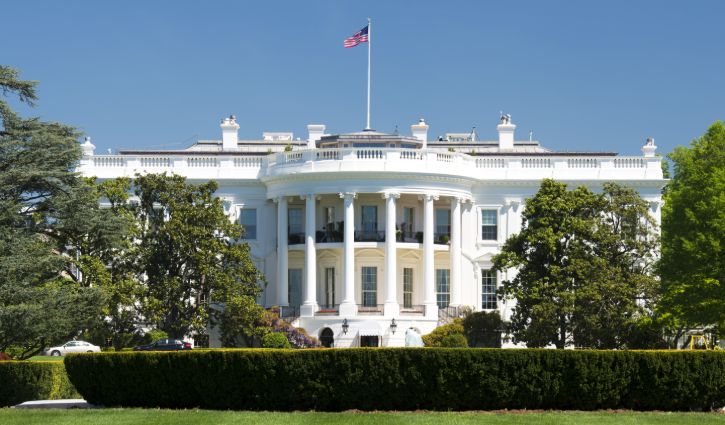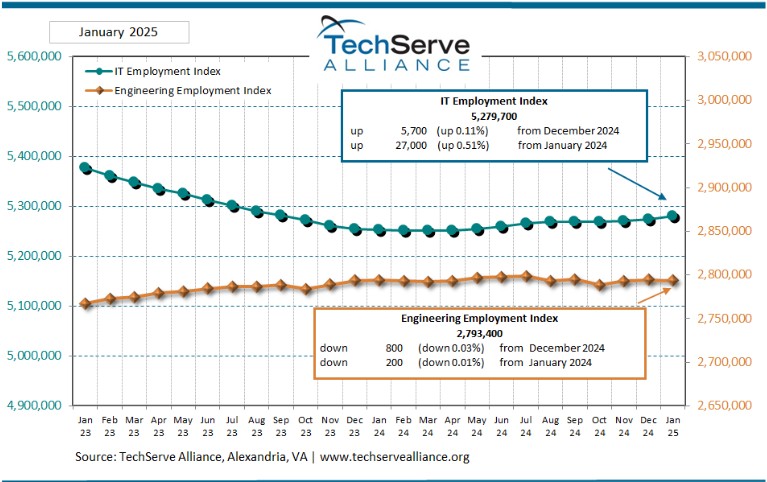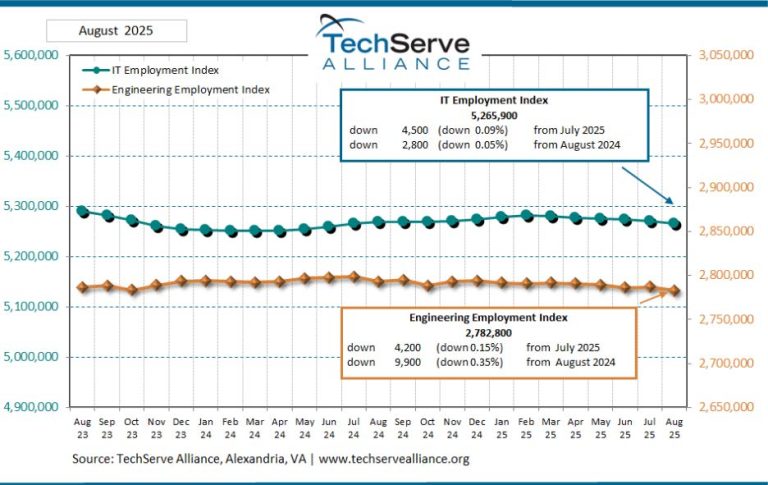The House of Representatives has been hard at work drafting its version of President Joe Biden’s proposed stimulus bill, which includes extended unemployment benefits, direct checks to individuals and more. Democrats hope to pass the $1.9 trillion relief package by mid-March, before existing COVID-19 relief measures, such as enhanced unemployment insurance, expire.
The bill is expected to pass a House vote in the coming week, but it may face hurdles in the Senate, where there is a 50-50 party split. That means any Democrat dissent could derail Biden’s ambitious goal. And intraparty dissent is definitely a possibility—two Democrats have already voiced opposition to at least one of the bill’s elements: a higher minimum wage.
While this legislation may still be a way off—and may come in a slightly different form—it’s important for employers to have an idea of what to expect. To that end, this article outlines the most relevant aspects currently known about the bill—these components are likely to change as Congress hashes out its details.
Updated information will be provided as details are made public.
SMALL BUSINESS ASSISTANCE
The proposed bill intends to invest billions toward small business assistance, and even provides heavily impacted businesses with fewer than 10 employees priority with some of the funds. Here is the current funding breakdown:
- Emergency Injury Disaster Loan program: $15 billion
- New grant program for bars and restaurants, specifically: $25 billion – Eligible businesses could receive up to $10 million, using the money for payroll, rent, utilities and other expenses.
- Paycheck Protection Program: $7.25 billion
STIMULUS CHECKS
Just like the two other COVID-19 stimulus packages passed during the pandemic, this version will also feature direct payments to Americans. This time around, eligible recipients can expect $1,400 per person ($2,800 for couples), including adult dependents—a family of four could get up to $5,600.
However, payment parameters are stricter this time around than with previous stimulus checks. The full check amount will go to individuals earning under $75,000 (or $150,000 for couples), with payments cut off entirely for individuals earning over $100,000 (or $200,000 for couples). Anyone with income between those figures will receive a reduced check.
[display_mode mode=”non-member-only”]Members login to access full article[/display_mode]
[display_mode mode=”member-only”]UNEMPLOYMENT AID
The proposed bill seeks to extend two previously established pandemic unemployment assistance efforts: the Pandemic Unemployment Assistance Program and the Pandemic Emergency Unemployment Compensation program. The financial assistance from these programs is currently set to expire in mid March, pressuring legislators to act quickly.
The bill also seeks to enhance unemployment assistance payments from the current $300 per week to $400 per week. Unemployed gig workers, freelancers, contractors and others who previously qualified for aid will continue to be eligible under these programs.
Under the proposed bill, these programs and their financial aid would be extended through Aug. 29.
HOUSING ASSISTANCE
Biden’s stimulus plan intends to set aside billions in financial aid to homeowners and renters. Here is the current funding breakdown:
- Aid for back rent, rental assistance and utility payments: $19.1 billion
- Aid for mortgages, utilities and property taxes: $10 billion
- Aid to states and localities to help individuals at risk of becoming homeless: $5 billion
PAID SICK LEAVE
Previous stimulus packages guaranteed workers two weeks’ pay if they couldn’t work due to COVID-19- related reasons. The current proposal does not extend these benefits. However, employers that choose to continue offering this paid sick and family leave through Oct. 1 may receive a tax credit.
MINIMUM WAGE
The proposed bill would gradually increase the federal minimum wage to $15 per hour by 2025. It would also mandate that tipped employees, youth workers and workers with disabilities all receive the full federal minimum wage. This change would affect the wages of 27 million Americans. However, this particular proposal is hotly contested, and there has been speculation that it may need to be scrapped in order to secure the requisite number of votes to pass.
AID TO SCHOOLS AND CHILD CARE
A significant portion of the stimulus bill involves aid to states, including schools and child care facilities. Here is the current funding proposal:
- Aid for getting K-12 schools ready for in-person learning: $130 billion
- Money could be used for purchasing protective equipment, improving ventilation systems and preventing teacher layoffs. However, 20% of the money schools receive must be used to address pandemic learning loss—for example, extending learning time into the summer.
- Aid for colleges: $40 billion
- Institutions would be required to spend at least 50% of their allocated funds on emergency financial aid grants to students.
- Child care provider assistance: $39 billion
- Funds may be used for payroll, rent, protective equipment and other expenses.
TAX CREDITS
The stimulus bill aims to provide child tax credits to more low-income families. The bill proposes $3,000 for parents of children under the age of 18—$3,600 for parents of children under the age of 6. This credit would also become fully refundable.
The bill also seeks to expand the earned income tax credit for individuals without children. The maximum credit would be nearly tripled under the stimulus proposal, and eligibility would be expanded—the childless tax credit eligibility age would be reduced to 19 years of age, down from 25.
AID TO STATES, LOCAL GOVERNMENTS, TRIBES AND TERRITORIES
The proposed bill would provide billions in financial assistance to states, local governments, tribes and territories. It’s currently unclear whether there are specific usage requirements tied to this assistance, or whether funds may be used however the entities deem fit. Here is the current funding breakdown:
- Aid to state and local governments: $325.5 billion
- Aid to tribes and territories: $24.5 billion
SUMMARY
Again, these proposed figures are subject to change as Congress continues its debate over specific policy aspects. Some aid amounts are wildly above what some legislators deemed appropriate, signaling a contentious battle ahead.
However, Democrats may be able to squeeze this bill through in its entirety with their narrow majority, provided by the tie-breaking vote of Vice President Kamala Harris. Employers should stay tuned for more updates as this situation develops.
Download PDF [/display_mode]












